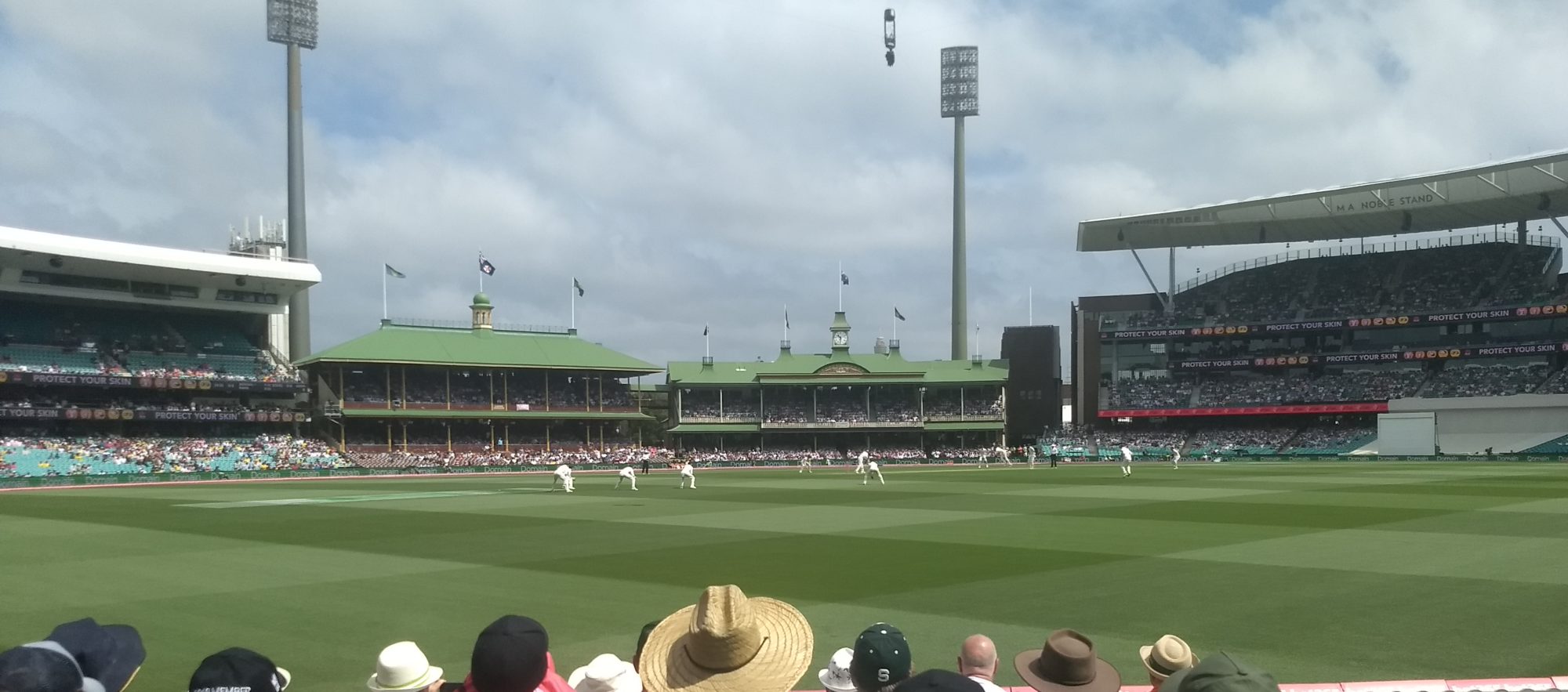 If we didn’t know before, we do now. Australia’s 5-0 drubbing of England in 2006-07 is the first such triumph since 1920-21. But which was the bigger achievement?
If we didn’t know before, we do now. Australia’s 5-0 drubbing of England in 2006-07 is the first such triumph since 1920-21. But which was the bigger achievement?
Consider these names among the 1920-21 Englishmen: Jack Hobbs, Wilfred Rhodes, Frank Woolley are three of England’s greatest ever. Also appeared in that series: Patsy Hendren, Percy Fender, Johnny Douglas, Herbert Strudwick, Jack Hearne, Harry Makepeace, CAG “Jack” Russell, John Hitch, Abe Waddington, Cecil Parkin, Harry Howell, Rockley Wilson, and of course, Arthur Dolphin. An astute captain in JWHT Douglas, some very fine batsmen, but seriously lacking in strike bowlers.
Australia’s last official Test series had been in 1912. The First World War had cast its enormous and monumental pall over the decade. But in 1919, with the War over, a team of players from the Australian Imperial Forces became the nucleus of one of Australian cricket’s greatest lineups.
Seven players made their Test debut in the 1920-21 opener at the SCG: Bert Collins, Jack Gregory, Arthur Mailey, Bert Oldfield, Nip Pellew, Jack Ryder, Johnny Taylor – and they joined up with Charlie Macartney, Warren Bardsley, Charlie Kelleway and team captain Warwick Armstrong. Given equal conditions and fitness regimes, that eleven would be as good as, if not better, any Australian team of the current dynasty that began in 1989. Add Ted McDonald and Hanson Carter, who played later in the series.
On the other hand, there was Roy Park, chosen for the Melbourne New Years’ Test in place of Macartney. Park was bowled by Harry Howell from the first ball he faced. Australia won by an innings, and he was never selected for his country again. Legend has it that Mrs Park, sitting in the grandstand, dropped her knitting and by the time she had retrieved it, had missed Roy’s entire Test batting career.
That was the innings when Jack Gregory scored a Test century batting at number nine. Another great Australian team where useful tail-end batsmen was a decisive plus factor.
I’m not sure which Australian team I would regard as the best ever. I always had a soft spot for the team led by the Chappell brothers between 1972 and 1975-76, but Armstrong’s side of 1920-21 and Bradman’s 1948 squad (retrospectively dubbed the “Invincibles” by the memorabilia industry) put them in the shade.
But this Australian team that has been growing and re-inventing itself ever since the 1987 World Cup deserves the highest of credit for fielding so many gifted players over some part of that time. In 1999 I was confidently claiming that Mark Taylor was the finest Test captain I had seen. I still think he’s the greatest people manager, with the possible exception of Mike Brearley, but Australia’s results under Steve Waugh and Ricky Ponting (and, of course, coach Buchanan) have stepped into a higher plane.
I’d be hard pressed to decide which of the Waugh/Ponting teams was the greatest of the dynasty – I think I lean towards the team that demolished India in 1999-2000 or the one that swept the West Indies in 2000-01. One thing I will say with a great deal of assurance is that I don’t believe that, despite the retirements of Langer, Martyn, Warne and McGrath, the dynasty is over yet.
